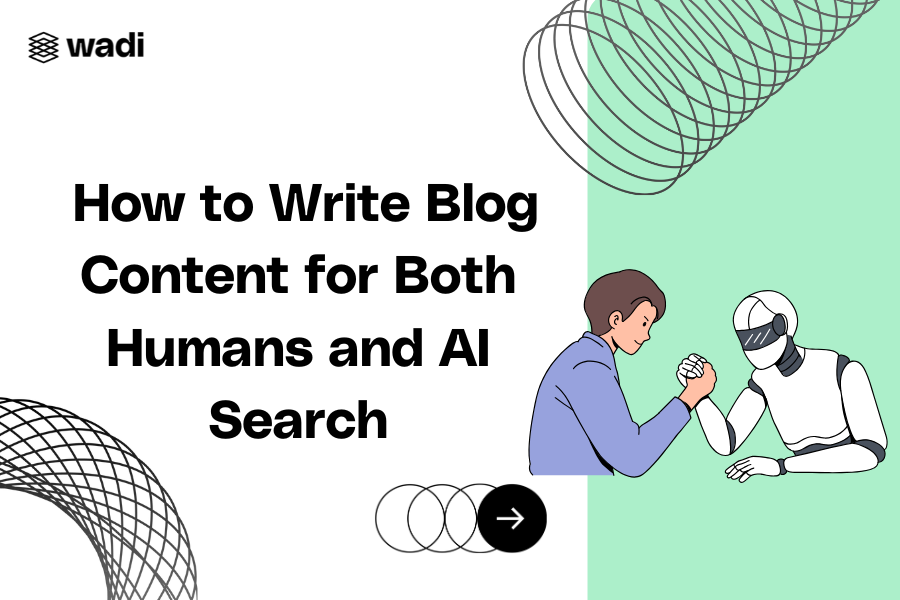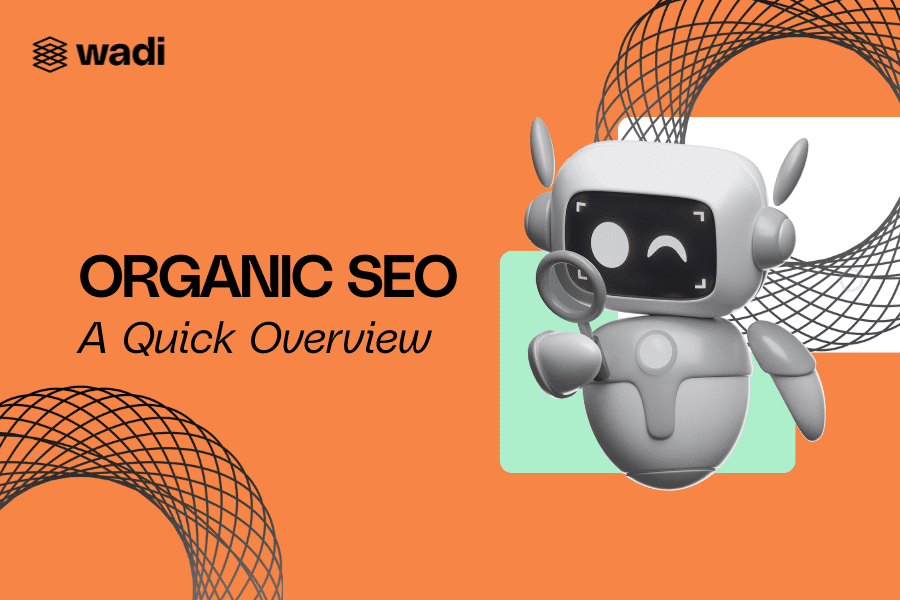Table of Contents
ToggleWhen it comes to search engine optimization, there are progressive steps that come naturally in the order of success. After doing keyword research and finding what keyword phrases you need to target—based on search volume and competition—it is essential to frame your web pages and blog articles around optimized title tags and meta descriptions.
What You’ll Learn
- The fundamental roles of title tags and meta descriptions in SEO.
- Best practices for creating effective and engaging title tags.
- Techniques for writing compelling meta descriptions that boost CTR.
- The importance of keyword placement and how to integrate them naturally.
- Common mistakes to avoid in optimizing title tags and meta descriptions.
- Advanced optimization techniques using AI tools and competitor analysis.
- How to measure and track the impact of your SEO efforts.
Once you use this technique to let search engines know the significance of the copy you’ve written, the emphasis of the page, it will have a much better chance of ranking higher—where it belongs.
Understanding Title Tags in SEO
Title tags are HTML elements that specify the title of a web page. They are displayed on search engine results pages (SERPs) as the clickable headline for a given result and are crucial for usability, SEO, and social sharing.
Effective title tags should be concise, typically under 60 characters, and should include primary keywords to improve search engine rankings. They must accurately describe the page’s content to provide users and search engines with a clear understanding of what to expect.
Optimizing Titles
When you think about the title for your specific pages or articles it is important to try to use your keyword or keyword phrases that you are trying to target in the title. You get roughly 70 characters to title your pages and blog articles—keep in mind, this usually includes the name of your site, too.
What you need to think about is that you aren’t just stuffing keywords into a title just to rank. When you craft a title, it is the first thing that a searcher will see when they see your site appear in search engine results for the terms you were trying to rank for. If you have a spammy title, a consumer will not click on your link.
Depending on if you are using an extremely custom-built website or a common content management system like WordPress, you may have page titles that are different than you H1 tags on the page—check with a professional or your web designer if this is the case to make sure you are optimizing all your various titles tags across the site.
Optimizing Meta Descriptions
The same optimization strategy that you apply for title optimization should be applied to your meta descriptions. You have roughly 155 characters to fit two or three of the top keyword phrases that you are targeting to summarize what the page or blog article is about.
It is important to make this text extremely compelling. This is your only chance to impact your click-thru-rate and convince searchers that your result is better than the results around you.
The Role of Keywords in Title Tags and Meta Descriptions
Keywords are the cornerstone of SEO, and their strategic placement in title tags and meta descriptions is vital. Keywords should appear naturally and not be overstuffed, which can lead to penalties from search engines.
For title tags, placing the primary keyword near the beginning can improve relevance. In meta descriptions, integrate keywords seamlessly while ensuring the text remains engaging and informative.
Common Mistakes to Avoid in Title and Meta Description Optimization
One common mistake is keyword stuffing, which can harm your SEO efforts and make your content appear spammy. Duplicate title tags and meta descriptions across multiple pages can also confuse search engines and dilute the effectiveness of your SEO strategy. Adhering to character limits is essential to prevent truncation in search results.
What Happens if I Don’t Optimize?
The biggest problem is that if you don’t optimize your title and meta descriptions, your pages won’t let search engines know that those keyword phrases are important. Therefore, those pages won’t rank well for those terms.
Another significant problem is that in the case of meta descriptions, if you don’t choose one, search engines will scrape your page and choose what text it thinks is best for that page and display it in the results. More often than not, you will get gibberish, irrelevant text.
Advanced Techniques for Optimizing Title Tags and Meta Descriptions
AI tools can provide valuable insights and suggestions for optimizing your title tags and meta descriptions. Analyzing competitors’ strategies can also reveal opportunities for improvement. Continuous testing, using A/B tests, for instance, allows you to refine your approach and maximize effectiveness.
Importance of Meta Title and Meta Description for B2B Marketing
In the B2B landscape, meta tags hold particular significance as they contribute to a business’s visibility in a highly competitive market. Effective meta tags can enhance a company’s online presence by accurately representing its services and solutions, thereby attracting the right audience. For B2B companies, where the sales cycle is often longer and more complex, optimizing title tags and meta descriptions can help with effective SEO strategy in B2B marketing and capturing the interest of decision-makers and stakeholders. By crafting precise, informative, and compelling meta tags, B2B businesses can improve their search engine rankings, increase click-through rates, and ultimately drive more qualified leads to their websites.
Measuring the Impact of Title Tag and Meta Description Optimization
To measure the success of your optimization efforts, utilize tools like Google Analytics and Google Search Console. Monitor metrics such as CTR, bounce rate, and search rankings to assess performance. Reviewing case studies can provide practical examples of successful optimization strategies and their impact.
Key Takeaways
- Meta descriptions, while not directly influencing rankings, play a crucial role in attracting clicks.
- Proper keyword placement in title tags and meta descriptions enhances SEO effectiveness.
- Avoid keyword stuffing, duplicate tags, and exceeding character limits.
- Leverage AI tools and competitor insights for advanced optimization.
- Continuous testing and monitoring are essential for sustained SEO success.
FAQs
Q: How long should a title tag be?
Title tags should typically be under 60 characters to ensure they are not truncated in search engine results.
What tools can help with title tag and meta description optimization?
Tools like Google Analytics, Google Search Console, and AI-based SEO tools can provide insights and track the effectiveness of your optimization efforts.
Q: Why are meta descriptions important?
Meta descriptions influence click-through rates by providing a summary of the page content, and encouraging users to click on your link.






